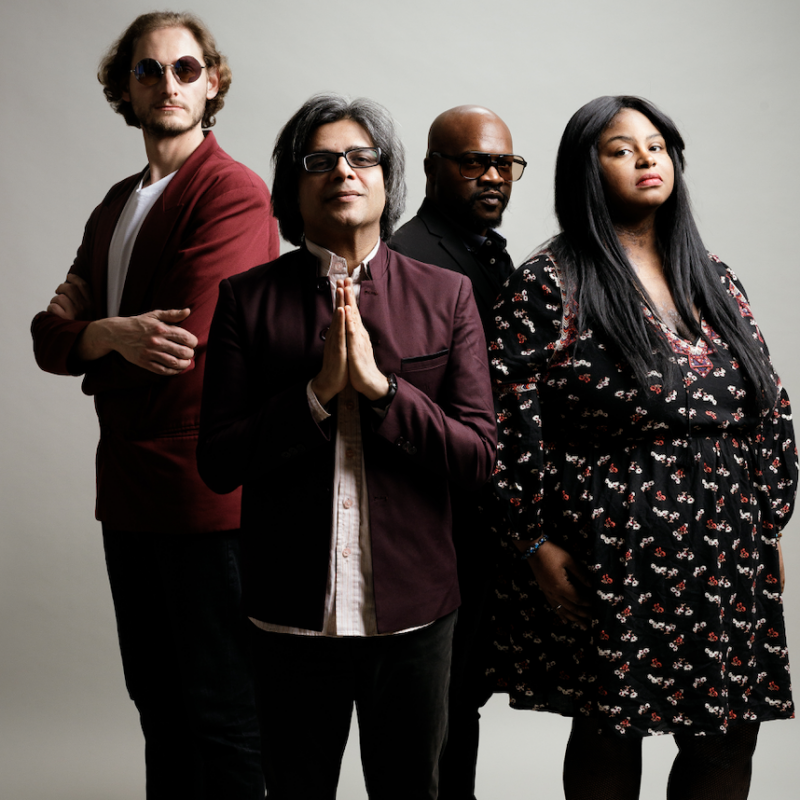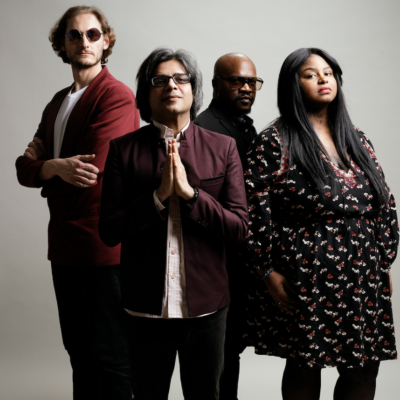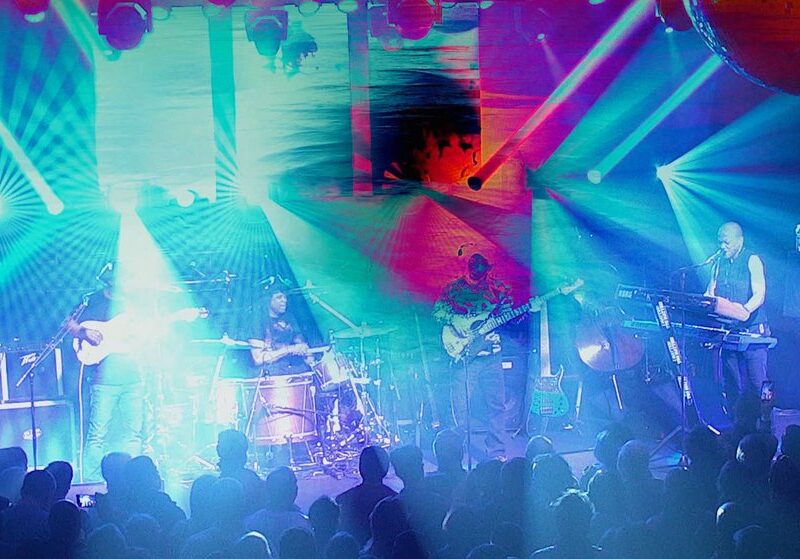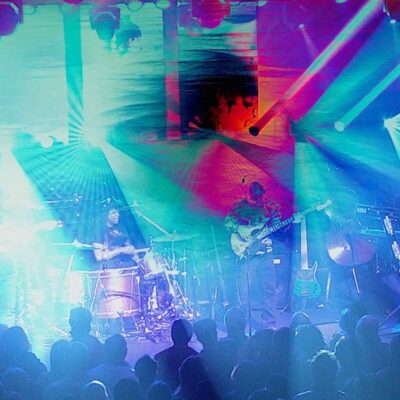Tickets to view “The Last Supper” sell out two months in advance. Visitors are permitted to view Leonardo da Vinci’s master work after a multi-step decontamination process and then only for 15 minutes. If there’s ever a case for viewing artwork remotely, the deteriorating 514-year-old refectory wall fresco in Milan makes it.
“Leonardo Live”—something of a misnomer for a British television broadcast recorded November 8—interspersed paintings with background material and interviews from the opening night of an exhibit considered unprecedented for its number of pieces. Context makes art richer, and the film offered some genuine notes of interest. Leonardo, for example, used painting mostly as a marketing tool to gain favor with people who could hire him as an engineer. The romantic exploits of “The Lady with an Ermine”—that the man who painted her was a notorious procrastinator and that he was probably gay—also go beyond information likely to be gleaned from walking around the gallery. Interviews with curators, restoration experts and artists offered the type of analysis one might expect from any arts documentary, though the well-coiffed host and background noise from the live recording made many parts feel like a lost episode of “Antiques Roadshow.”Recreating the nuance of a rarified piece of art, though, has dogged museums since the dawn of the slide projector. Paintings are three dimensional. The glint of gallery light off a chunky brush stroke, or the hair-thin textures and imperfections that dissolve as the viewer backs up from a piece never quite show up in pictures. Nonetheless, a recent show at The Paramount Theater made a noble attempt to overcome those barriers by using a movie screen to amplify the brilliant details of several of da Vinci’s paintings recently shown in London.
Experiencing a sold-out art exhibit from the relative comfort of a theater seat inevitably begs a few questions. Does a movie screen really offer any additional insight into works that can be explored for free in countless books and websites? Likewise, is seeing “La Belle Ferronière” blown up to 30 feet tall really any more bizarre than glimpsing the “Mona Lisa” among hundreds of tourists, viewing it primarily through the screens of their cameras?
The Paramount and its patrons have enjoyed success with similar broadcasts of performance art from the Metropolitan Opera and London’s National Theater. Roughly 600 Charlottesville art lovers wouldn’t have shown up to see “Leonardo Live” Feb. 19 if they weren’t interested in a similar treatment for the visual arts. Still, presenters in the film, and art experts from the University of Virginia speaking afterward acknowledged that seeing the paintings in person is a much different experience. For example, the exhibition’s highlight—the National Gallery’s own “Virgin of the Rocks” shown in the same room with an older version on loan from the Louvre—has little impact when their subtle differences in size and style get lost along with the spatial experience of being present with them. In fact, the most memorable element of the whole event was the panel of art professors who live right here in town, and who candidly summarized the vagaries of authenticating 500-year-old artwork.
Fortunately for those Renaissance enthusiasts who may have missed “Leonardo Live,” some of the foremost scholars on the artist will gather at UVA for a conference opening April 12. Entitled “The Legacy of Leonardo da Vinci: International Collaboration and Global Access,” much of it will be free and open to the public.





